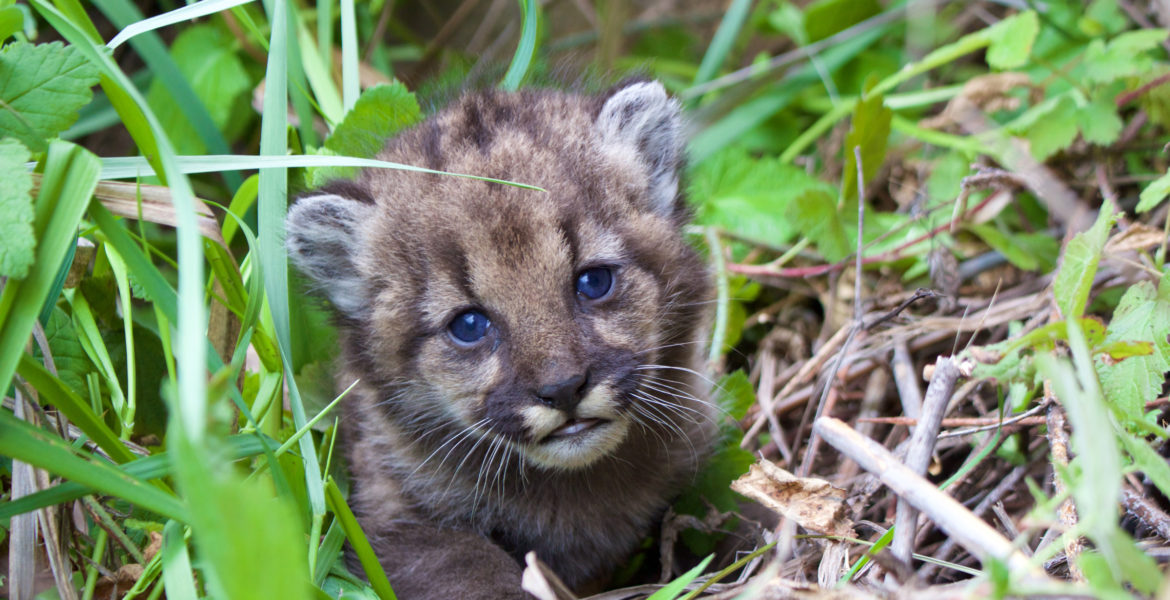A bill to ban toxic rodenticides began making its way to a state Assembly vote later this year. That vote can’t come soon enough for local wildlife advocates. Is P-54 (above) next?Photo Courtesy of National Park Service
Assemblymember Richard Bloom, who represents most of the communities in the Santa Monica Mountains, reintroduced AB -1687 in February, after the previous version failed to pass before the 2016 session ended.
The same week when the bill—officially known as the California Natural Predator Protection Act of 2017—was referred to committee, the National Park Service announced that necropsy results for Bobcat 332, the Simi Valley feline found dead in December, revealed high levels of four of the anticoagulant rodenticides the bill seeks to ban: bromadiolone, brodifacoum, difethialone, and diphacinone.
“Cases like this continue to tell us that household rat poison is penetrating the ecosystem with deadly consequences,” said NPS wildlife ecologist Joanne Moriarty.
Wildlife advocates say that the results weren’t surprising, but they were discouraging. Rat poison has been found in 90 percent of bobcats studied by the NPS over the past 15 years in and around the Santa Monica Mountains. The chemicals are also a major cause of secondary death in other predator species, including mountain lions, coyotes, foxes, badgers, hawks, and owls.
California restricted retail sale of some of the most detrimental rodent poisons, known as second generation anticoagulant rodenticides, in 2014. However, they are still available for use by licensed applicators, who place the pesticides in the ubiquitous bait boxes used in homes and businesses all over the state.
AB-1687 would further restrict the use of nine rodenticides increasingly responsible for secondary poisoning in wildlife, including the four found in Bobcat 332’s liver. Activists say it isn’t perfect but it is a major step in the right direction. A violation of these provisions would only be a misdemeanor, and the bill exempts agricultural activities.
Poison Free Malibu’s Kian Schulman is optimistic that the bill will pass, despite a rocky start. Schulman said her organization, together with representatives from the Northern California non-profit Raptors Are the Solution, will be meeting with key lawmakers this month.
A recent campaign to share concerns with legislators was so successful that the recipients reportedly begged for the deluge of e-mails and phone calls to stop.
“They got the message,” Schulman told the Messenger Mountain News.
However, rat poison isn’t the only pesticide problem in the Santa Monica Mountains. Schulman and Topanga Watershed Committee Chair Carrie Carrier have been meeting with NPS representatives in an effort to get glyphosate, the main chemical in the controversial weedkiller, Roundup, out of the local national park.
“They were using it in Zuma Canyon,” Schulman said. “Carrie’s been invaluable. She knows all about the herbicides and insecticides. I’m still learning.”
The NPS has agreed to a moratorium on pesticide use in the park while the alternatives are examined. Schulman said that could be a small but important first step in reducing pesticide dependance throughout the park system.
“We’ve put a dent in it,” she said. “They have been responsive and we’re pushing to change the policy. Good things are happening.”
One good thing is the recent birth of a new mountain lion kitten in the Santa Monica Mountains. The National Park Service (NPS ) announced the discovery of the a four-week-old kitten on April 4. This tiny blue-eyed wild cat will face many challenges, including pesticide exposure.
“The dangerous use of pesticides was exposed by Rachel Carson in her classic book ‘Silent Spring’ in 1966,” Schulman said. “Our air, water and ecosystems are still being polluted by pesticides. Right here in the Santa Monica Mountains, 80 to 90 percent of predator wildlife has been exposed to rodent poisons. Toxic herbicides are routinely used in our parks. We can stop this trend.”
Carrier agrees, but she cautions that it may be a long and difficult process to change the government’s pesticide-dependent paradigm, despite local park officials’ willingness to evaluate the situation in the Santa Monica Mountains National Recreation Area (SMMNRA).
“We are in talks with NPS to shift them towards a less toxic management approach in the SMMNRA,” said Carrier. “On the heels of our initial meeting, and amidst a slew of letters from local environmentalists, we have inspired NPS to implement a moratorium on the use of herbicides in three areas: Zuma, Trancas and Solstice canyons.”
Carrier explained that since the NPS already technically has an Integrated Pest Management (IPM ) policy in place, “It should not be too radical a move for them to reaffirm and deepen their commitment to nontoxic methods,” she said. “We believe that it is in the best interest of the environment, wildlife health, and human health to manage and restore our natural areas in a more sustainable and nontoxic way. With restoration activities in particular we have witnessed a reliance on synthetic herbicides that seems to belie both the spirit and methodologies of traditional IPM approaches. We plan to change that!”
Carrier is asking the community to help by writing letters of support for nontoxic management to:
NPS Superintendent David Szymanski: david_szymanski@nps.gov; NPS Chief of Planning, Science and Resource Management: jerald_weaver@nps.gov; and LA County Deputy of Planning for Supervisor Sheila Kuehl: nenglund@bos.lacounty.gov
Carrier added that community members can also help by volunteering to help with restoration and weeding.
“The end goal is to have no synthetic herbicides used anywhere in the Santa Monica Mountains Recreation Area, unless it can be definitively proven that there is a public health or safety emergency of such magnitude and imminence that no other methods will suffice to address the threat in a more measured and less toxic way,” she said.


